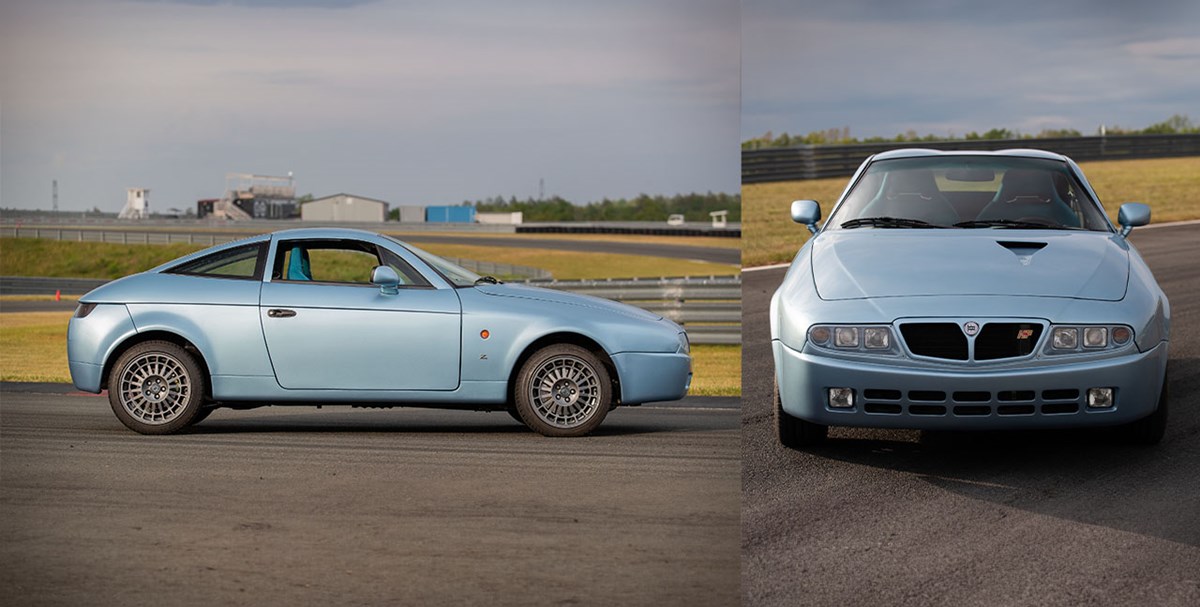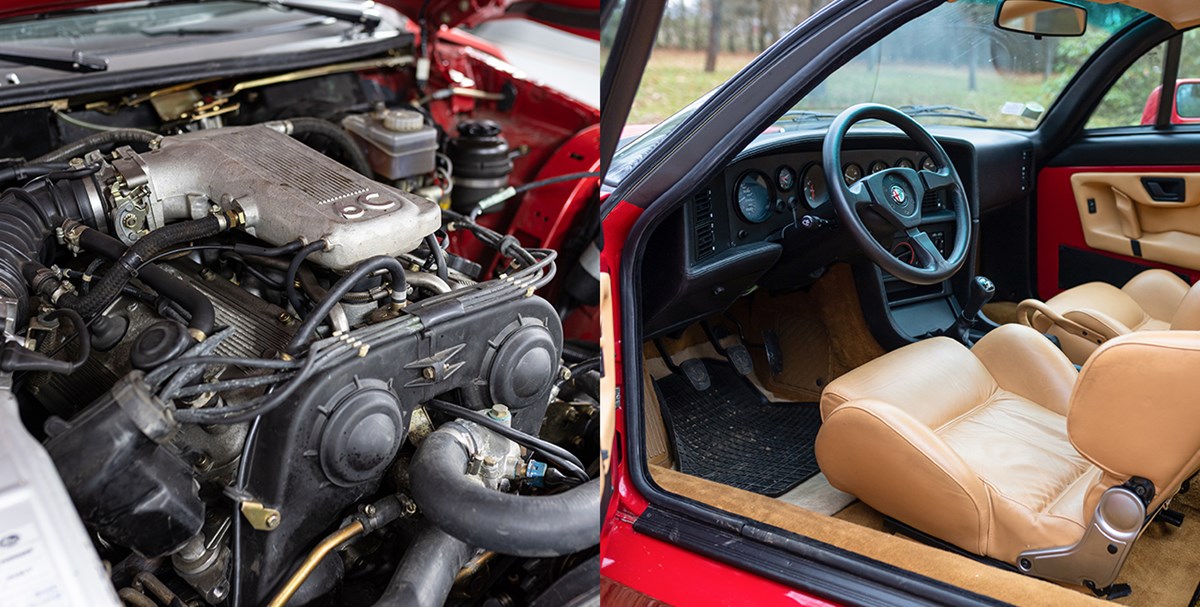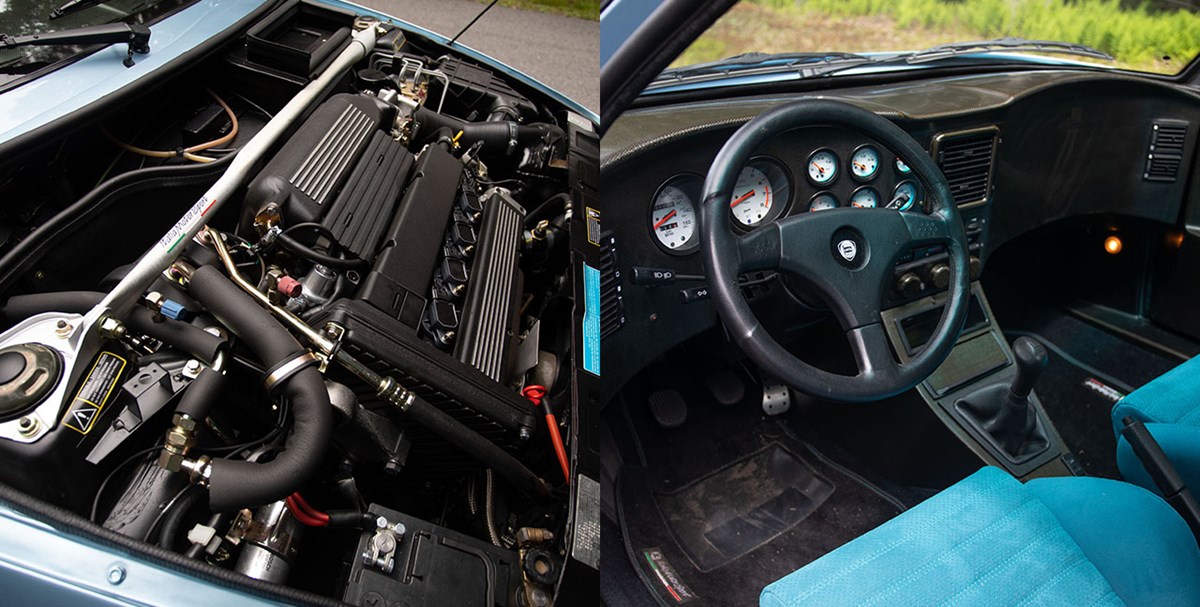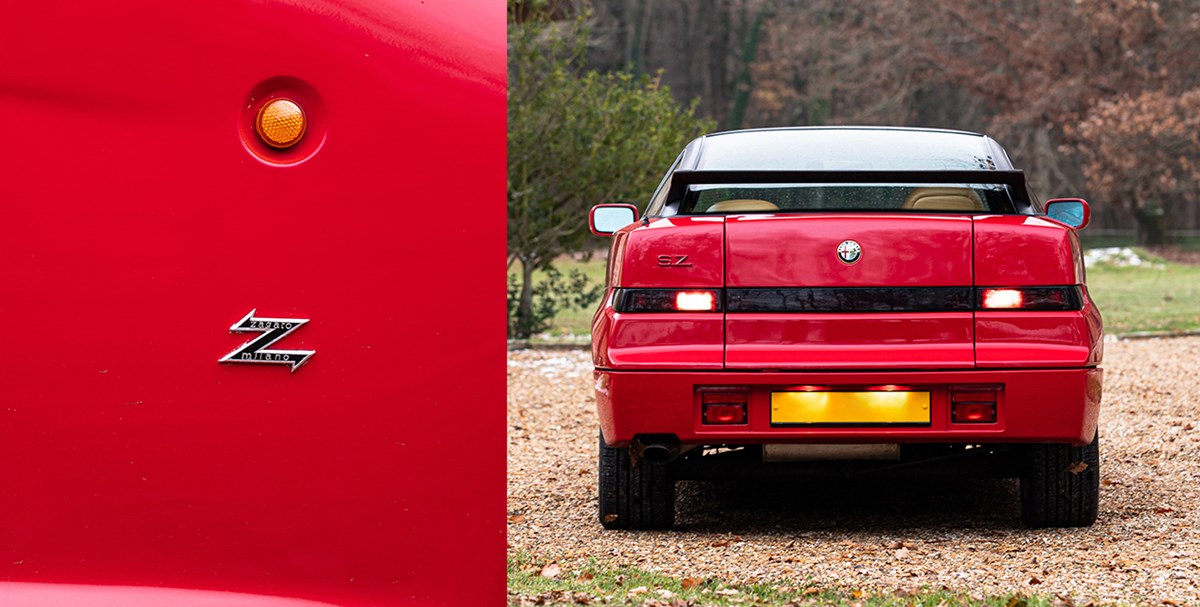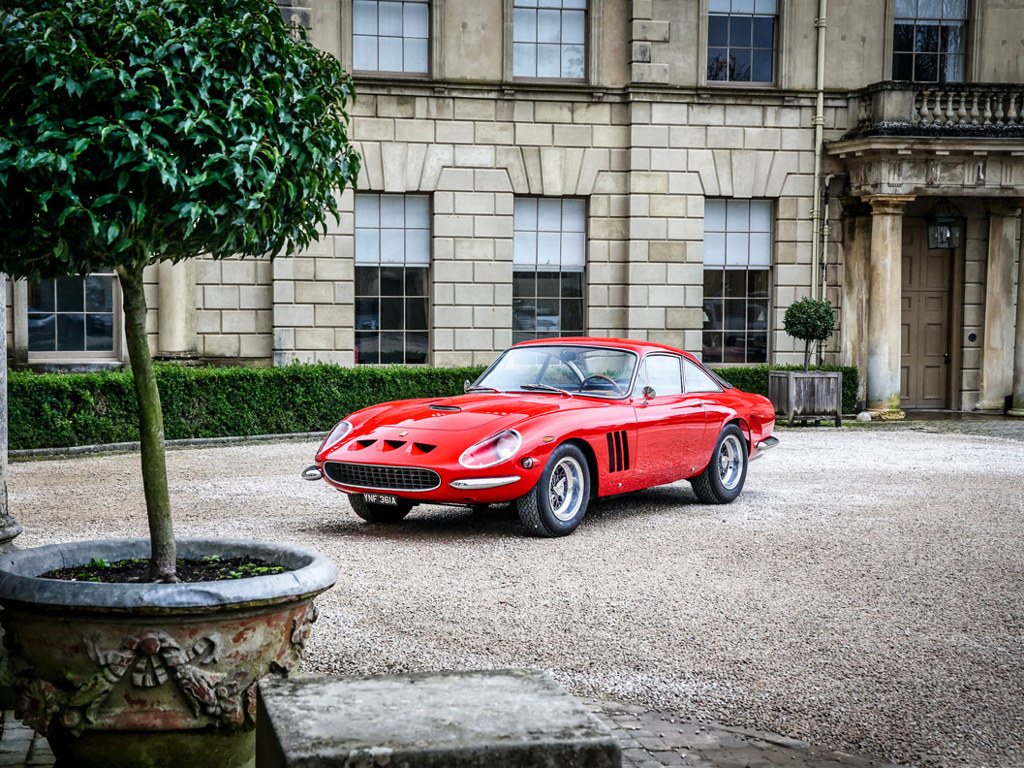INSPIRED BY A LEGEND
In any other instance, you could say that Zagato’s fixation with the Alfa Romeo Giulietta SZ bordered on obsession. The admittedly spectacular sixties coupé may have only been in production for a few years, but it made its mark on the world of motoring, and seemingly left an indelible impression on its creator. Such was the influence of the lithe, sporting little Zagato that it inspired not one, but two incredible modern machines almost three decades after first being unveiled, each a different yet paradoxically similar reflection of the original Tipo 101.26 design.
The first came in 1989, in the wake of Alfa Romeo being subsumed into the behemoth that was Fiat. In many ways an ailing firm trading on past glories, Alfa Romeo was by any measure down on its luck, its sporting success limited to the touring car circuit and its roadgoing offerings turgid and lacking ambition. Something needed to be done, and that something was Project ES30.
Fears that the company’s absorption into Fiat may have stifled creativity were quickly banished by the otherworldly design. Incredibly, the Robert Opron and Antonio Castellana-penned Alfa Romeo SZ had gone from initial drawing to fully fledged motor show prototype in just 19 months, and at the point the covers were drawn back in Geneva, jaws hit the floor. With its wedge styling, slab sides, and truncated cliff of a rear end—not to mention a breathtaking price tag of £42,573—the SZ was as arresting as it was polarising, instantly dividing the motoring world into die-hards or detractors. Those who were merely indifferent to the striking design were as rare as the car itself, with only 1,036 ever being built, 38 of which were prototypes.
Though every Alfa Romeo SZ was built by Zagato at the firm’s Terrazzano di Rho works in Milan, the Italian design house, known for similarly outrageous studies, wasn’t really involved in the car’s styling, highlighted by the lack of signature “double bubble” roof. That oversight was addressed just a few years after the SZ went on sale, when a Dutch Lancia importer named Paul Koot walked into the office of Elio Zagato. What emerged from that meeting was a plan to breathe life into a more faithful modern reimagining of Alfa Romeo’s famed ‘Coda Tonda’ Giulietta Sprint Zagato—this time penned in-house by Zagato’s Marco Pedracini.
The Lancia-badged Hyena broke cover at the Brussels Motor Show in 1992, and though it was aimed ostensibly at Fiat Coupé buyers, it also swiped a scathing paw at Alfa Romeo’s contemporary SZ. Every inch as outlandish, the Hyena was more organic in its approach yet proved just as challenging aesthetically, prompting a similar love/hate relationship with potential customers. As if the comparison wasn’t obvious enough, the Hyena also boasted an eye-watering price tag of £74,000.
The Hyena owed its enormous asking price to a convoluted production process and a lack of meaningful factory support from Lancia. Rather than being built on Lancia’s production line, which would have made things much simpler and more cost-effective, each car instead had to be pieced together from an already road-ready and complete Delta HF Integrale Evoluzione I. Each finished Integrale was stripped to a rolling chassis in the Netherlands before being sent to Italy to be bodied by Zagato using a lightweight steel structure, aluminium panels, and composite doors and bumpers. The interior, meanwhile, was a spartan affair that owed much to its Alfa Romeo-badged rival, with lashings of carbon and not a lot else.
By comparison, Alfa Romeo’s offering was a bespoke build, but while it made good use of existing Alfa Romeo components, the bodywork added considerably to the cost and by the time completed cars rolled out of Zagato’s factory, it proved an expensive proposition for buyers. Beneath its angular bodywork the Alfa Romeo SZ boasted a chassis inspired by the firm’s 75 Group A touring car, while at its heart lay the spectacular 3-litre ‘Busso’ V-6. One of the best-sounding engines of the modern era, it gave the Alfa a true sense of theatre—but the swagger wasn’t quite matched by its performance. Through the corners the car was sublime, but with only 207 horsepower on tap, its supercar looks were sold short by its straight-line speed, and it was unfortunately outclassed by more affordable competition.
In contrast, the Lancia Hyena was built around one of the most successful drivetrains in world rallying, which was further tuned for even greater power. In addition to four-wheel drive, the coupé boasted the same 2-litre 16-valve ‘four’ borrowed from the Delta HF Integrale Evoluzione I with a significant boost in output to 250 horsepower. The result was a car that could handle corners like a championship-winning rally car and hit 60 mph in just 5.4 seconds—even quicker than the legend on which it was based.
A LASTING LEGACY
The Alfa Romeo SZ and Lancia Hyena were two strikingly similar takes that produced hugely different results. Both built by Zagato, and both inspired by the legendary Giulietta Sprint Zagato ‘Coda Tonda’, one was a brutalist masterpiece of angles and edges—the other, a flowing organic form with barely a straight line in sight. The Alfa Romeo possessed a silky smooth naturally aspirated six-cylinder engine driving the rear wheels, while the all-paw Lancia opted for a more businesslike turbocharged ‘four’ that sacrificed refinement at the altar of power.
Aside from their love-it-or-hate-it styling, these special cars were linked by their incredible rarity. With the weight of a mainstream manufacturer, a whisker more than 1,000 Alfa Romeo SZs were built, bolstered by 278 RZ roadster variants. The Hyena was rarer still, with just 24 of a planned 600 built between 1992 and 1994. Part of the reason was their eye-watering price tags: a potential SZ customer could have had a BMW M3 and £15,000 change, while a prospective Lancia Hyena owner could have driven off with £20,000 in the glove box of their new Honda NSX.
By the time you subdivided the number of people who appreciated the SZ’s styling into those who could also stomach the £42,573 asking price, the potential market for Alfa Romeo’s bold coupé vanished to a thin sliver bolstered only by investors and speculators. In a booming market, the Zagato association promised handsome returns, and many ended up disappearing straight into private collections to be later turned around for a profit. What people didn’t reckon on was an overheated market collapsing around their ears, and many SZ buyers got burned in the process. The Hyena was similarly hamstrung by its astronomical list price, and though it was the demise of the Delta HF Integrale on which it was based that cut off parts supply and ultimately sealed the model’s fate, the fact that just 24 cars had been built in the two years prior to the cancellation told its own story.
Today, both cars are celebrated modern classics whose striking styling has remained resolutely timeless, and each has much to recommend it. The Lancia Hyena is rare, quick, and desirable, boasting true Zagato design complete with the carrozzeria's trademark double-bubble roof. Its star has risen quciker and further than its rival from Arese, and today it presents a solid investment.
Though ‘Il Mostro’ is not as rare, and doesn’t quite share the same performance pedigree, its styling has arguably aged better, and while the Hyena still flies under the radar, the SZ has become something of a cultural icon. It’s also possible to get behind the wheel for a fraction of the cost, with values having remained stubbornly low for decades, likely a hangover from the last time the bubble burst. One day, they will surely fly.
Ultimately, it’s doubtful that any of that will matter to a prospective buyer. Just as in period, your desire to own one or the other runs much deeper than resale value or 0 to 60 mph time. Buying one of these cars is an emotional decision and, for better or for worse, few models in recent history have stirred the soul quite like these modern Italian masterpieces.
Follow the link below for your chance to own our featured Lancia Hyena Zagato—believed to be the only example of this incredible model currently in the United States.



